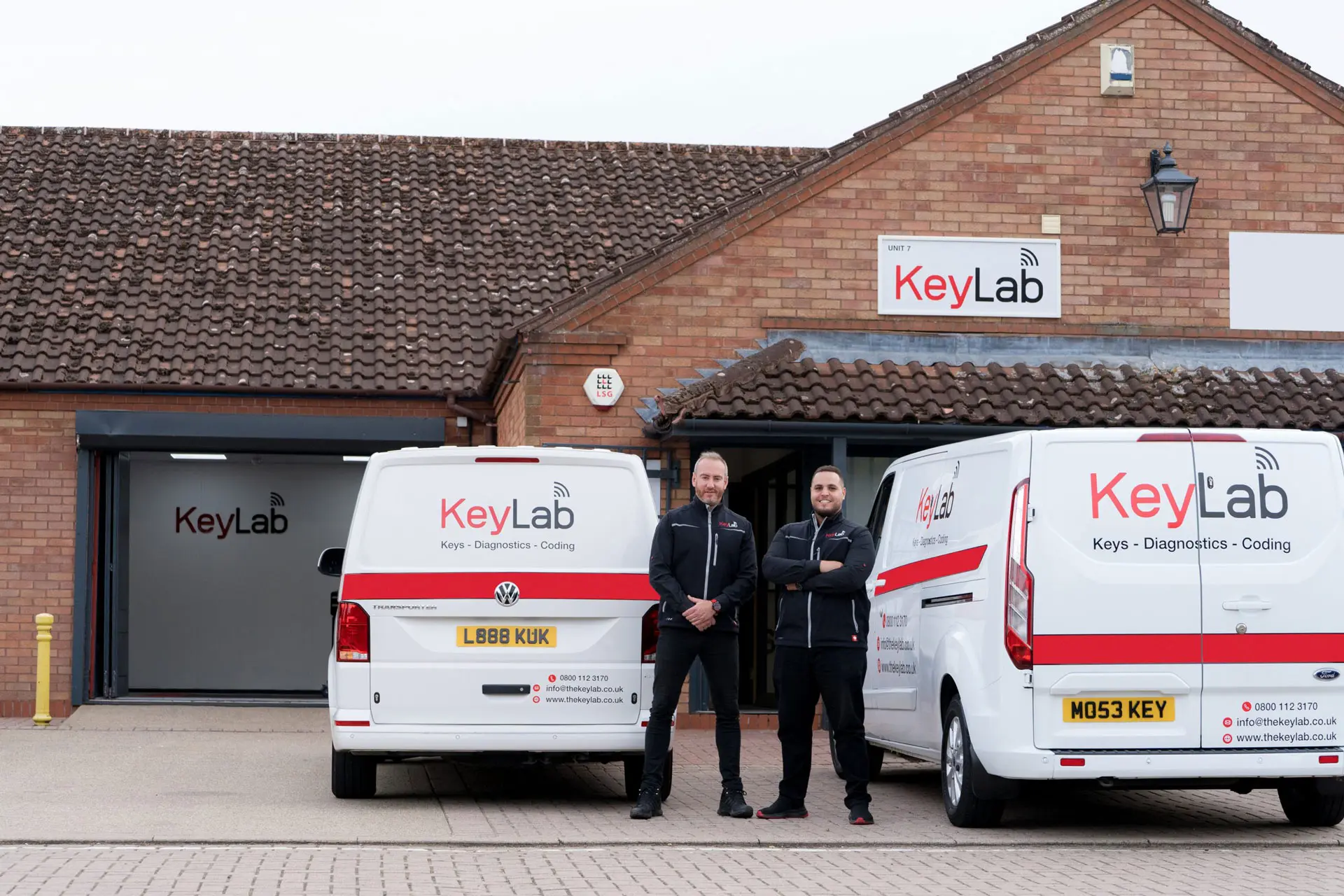Car Key Button Replacement: A Comprehensive Guide
In the era of innovative automotive innovation, car keys have progressed significantly, transitioning from standard metal keys to contemporary key fobs equipped with different functions. However, with such advancements comes the inevitability of wear and tear, especially with the buttons on these key fobs. This short article checks out the requirement of car key button replacement, the techniques included, and the common concerns surrounding the process.
Comprehending Key Fobs and Their Importance
Key fobs serve numerous functions: locking and opening the vehicle, allowing keyless entry, and in some cases, starting the engine remotely. Offered key fob replacement , the buttons on these devices are frequently used, making them susceptible to harm over time. Elements adding to use and tear consist of:
- Frequent Use: Regular operation can lead to button tiredness.
- Direct exposure to Elements: Harsh weather condition conditions can break down plastic and electronic elements.
- Accidental Damage: Dropping or mishandling a key fob can trigger physical damage.
As these buttons end up being less responsive or stop functioning totally, drivers might discover themselves locked out of their automobiles or not able to start them. Understanding the value of timely replacement is important for preserving vehicle availability.
Indications That You Need a Key Button Replacement
Acknowledging the indications that a key fob button needs replacement can save time and aggravation. Search for the following indicators:
- Sticky or Jammed Buttons: If the buttons feel sticky or do not press down easily, they might require replacement.
- Inconsistent Response: Buttons that require numerous presses to operate show internal problems within the key fob.
- Noticeable Damage: Cracks, chips, or broken buttons can hinder performance and render the key fob unusable.
- Rust: Rust or staining around the buttons might suggest damage caused by wetness direct exposure.
How to Replace Car Key Fob Buttons
Changing car key fob buttons might appear challenging, but with the ideal method, it can be a manageable DIY job or managed professionally. Here's a step-by-step guide on how to do it yourself.
Materials Needed:
- Replacement buttons (available online or at an automotive shop)
- Small screwdriver (frequently a Phillips or flathead)
- Plastic pry tool (optional)
- Adhesive (if needed)
Steps to Replace:
Disassemble the Key Fob:
- Using a little screwdriver, thoroughly open the key fob housing. Some models may need a plastic pry tool to prevent damaging the case.
Get Rid Of the Old Buttons:
- Gently lift and eliminate the damaged buttons, taking care not to damage the internal electronics.
Clean the Interior:
- Wipe down the interior with a lint-free cloth to remove dust and particles.
Set Up New Buttons:
- Position the new buttons in place and ensure they line up properly with the circuit board.
Reassemble the Key Fob:
- Carefully snap the casing back together, ensuring that all parts are safely in place.
Check the Key Fob:
- Before utilizing it, test each button to verify that they run properly.
| Step | Action |
|---|---|
| 1. Disassemble | Open key fob casing |
| 2. Remove Old Buttons | Lift out harmed buttons |
| 3. Tidy Interior | Utilize a lint-free fabric to clean |
| 4. Set Up New Buttons | Position and secure brand-new buttons |
| 5. Reassemble | Snap casing back together |
| 6. Test | Ensure all buttons work as intended |
Option: Seeking Professional Help
If the DIY method seems overwhelming or the key fob has more substantial issues than just button replacement, looking for professional assistance is advisable. Numerous automotive locksmiths and car dealerships offer key fob repair and replacement services.
Pros of Professional Help:
- Expert Assistance: Professionals have the right tools and experience to deal with complicated key fob concerns.
- Service warranties: Repairs done by licensed dealers may feature service warranties, providing peace of mind.
- Time Saving: Professionals can typically finish the job more quickly.
Cons of Professional Help:
- Cost: Professional services can be considerably more expensive than a DIY method.
- Trouble: Dependence on consultation availability or shop hours may lead to delays.
Frequently Asked Questions (FAQs)
1. How much will it cost to change my car key fob buttons?
The cost varies based upon whether you select a DIY approach (typically under ₤ 20 for parts) or expert services (ranging from ₤ 50 to ₤ 200 depending upon the complexity and make/model of the vehicle).
2. Can I use any button as a replacement?
No, it's vital to use buttons particularly created for your key fob model to ensure compatibility and performance.
3. Will changing the buttons impact my key fob's programming?
No, replacing the buttons should not impact the programming of your key fob as long as the internal electronic components stay intact.
4. How can I prevent my key fob buttons from getting damaged?
- Prevent Misuse: Regularly inspect for signs of wear and avoid pushing buttons exceedingly.
- Use a Keychain: Attach your key fob to a keychain to limit the chances of dropping it.
- Avoid Water: Store your key fob in a dry location and prevent exposure to water.
5. What if my key fob doesn't work after replacing the buttons?
If your key fob is still unresponsive after button replacement, there may be internal electronic damage. In such cases, looking for expert diagnosis is recommended.
Changing car key fob buttons is essential for preserving functionality and ensuring convenience. Although it can be an uncomplicated DIY job, professional help is readily offered for those seeking assistance. By recognizing the signs that replacement is required and comprehending the steps included, vehicle owners can swiftly restore their key fobs to complete performance. Focusing on key fob upkeep not just improves daily convenience however also avoids additional problems down the roadway.

